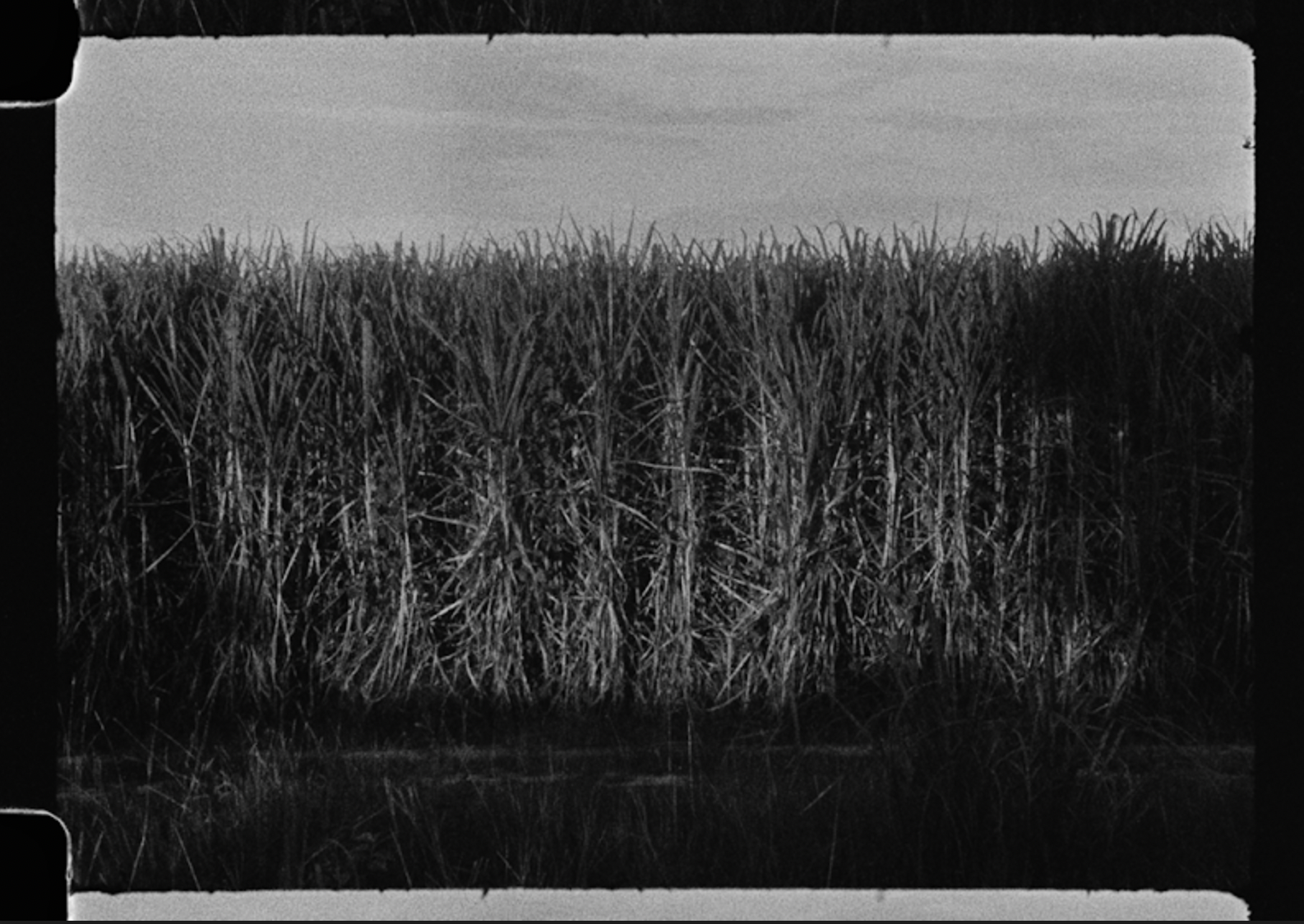Tropical Gothic
Photo series currently in development
Photo series currently in development
Gothicism specifically holds place for female protagonists and reckons with the female psyche as is particularly exemplary in Hitchcock’s film adaptation of ‘Rebecca’ and the haunted house or domestic space. Tropical gothic can be seen as a mode that has persisted internationally. In a 2019 collective analyses of tropical gothicism, academics and writers pooled voices to determine the subgenre in relation to politics, history, culture, and colonisation across West Africa, the Caribbean, the American Deep South, Latin America, Southeast Asia, and Australia. The consequent eTropic publication (eTropic 18, 1 (2019): 1-11. https://doi.org/10.25120/etropic.18.1.2019) identified a tropical gothic ideology across multiple disciplines (i.e. anthropology, ecocriticism, queer theory, posthumanism, visual arts, literature, history, post-colonial studies) as a mode that can be either manifest as a hybrid of European influence or a subversion of it.
Through a lens of deep time and with a giallo-gothic aesthetic, the darker implicit invisibilities of the North Queensland region is found to be a permeable atmosphere tantamount to patriarchal dynamics and misogyny experienced by girls and women - perhaps of a certain era within my own reference though it has persisted over time intergenerationally since colonial settlement.
In evoking a ‘tropical gothic’ world, I inadvertently notice it as superimposed to the misogynistic and patriarchal or colonial oppression I have encountered or witnessed and I employ a gothic aesthetic mode to understand affectual atmospherics of North Queensland from a feminist point of view.
Through a lens of deep time and with a giallo-gothic aesthetic, the darker implicit invisibilities of the North Queensland region is found to be a permeable atmosphere tantamount to patriarchal dynamics and misogyny experienced by girls and women - perhaps of a certain era within my own reference though it has persisted over time intergenerationally since colonial settlement.
In evoking a ‘tropical gothic’ world, I inadvertently notice it as superimposed to the misogynistic and patriarchal or colonial oppression I have encountered or witnessed and I employ a gothic aesthetic mode to understand affectual atmospherics of North Queensland from a feminist point of view.

Melody Woodnutt,
Cane Field in Shadow Vignette, 50cm x 40cm,
archival pigment print from
16mm still frame, 2023.

Melody Woodnutt, Tropical Gothic Disco Ball, 50cm x 40cm, archival pigment print from 16mm still frame, 2021.

Melody Woodnutt, Pre/Post-human Cheeky Fella, 50cm x 40cm, archival pigment print from 16mm still frame, 2021.
Site: North Queensland
Gothicism is international and cross-cultural, despite european culture regarding the first gothic novel to be The Castle of Otranto. Dreaming or folklore within Aboriginal culture has monstrous stories, including pointy-toothed Ngayurnangalku (cannibal beings) with claw-like fingernails which are connected to the Western Desert of the Pilbara Region. Black Mountain, or Kalkajaka, in far North Queensland between the Daintree and Cooktown is a sacred site of spirits, death, and war between the coastal and inland clans symbolised in the last spear fight of the Black and White Cockatoos. No one is meant to go to Kalkajaka, its foreboding dark granite boulders a stark contrast to the thick and lush green scrub around it. These foreboding characters or places evoke warning systems; what could be construed as gothic in atmosphere across varied tropical cultures is a reminder of spiritual and cultural dangers on the land or within society.
While I write and work from a 3rd generation settler-colonial positionality, I make these images as a testimony by a local witness in solidarity; by presenting a personal tropical gothic view stemmed from my own feminist positionality toward patriarchy that also acknowledges the resonant hauntings of colonisation and a violently constructed so-called Australia as it persists over time.
Visually the images within this series (currently in development) attempt to create theatrical black vignettes around site-specific scenography in order to convey the theatricality and imaginative anthropocentric construction of a tropical gothic gaze upon a landscape.
While I write and work from a 3rd generation settler-colonial positionality, I make these images as a testimony by a local witness in solidarity; by presenting a personal tropical gothic view stemmed from my own feminist positionality toward patriarchy that also acknowledges the resonant hauntings of colonisation and a violently constructed so-called Australia as it persists over time.
Visually the images within this series (currently in development) attempt to create theatrical black vignettes around site-specific scenography in order to convey the theatricality and imaginative anthropocentric construction of a tropical gothic gaze upon a landscape.